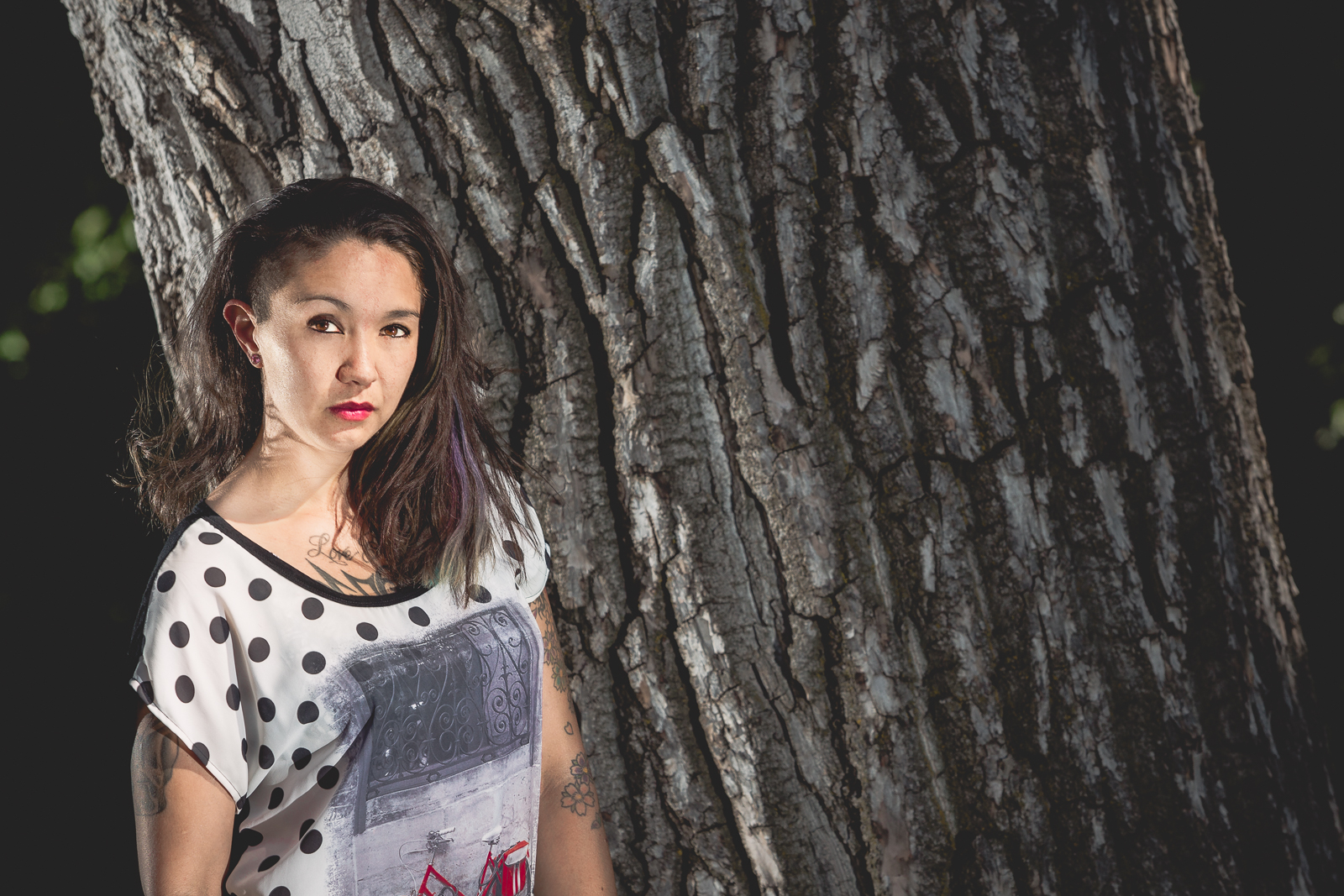When and Why to use Flash
Flash can certainly be an intimidating subject for photography. It’s not easy to master right away, it takes a lot of practice. When do you need to use flash? You might have found yourself in some situations where you realised your aperture is wide open, your shutter speed is as slow as you can go without every image being blurry, and your ISO is boosted as high as you’re willing to go. What next?
That’s when you need flash. Dimly lit places like parties, bars, wedding receptions, concerts, etc. These are all places you might want to use flash. Sometimes the amount of light entering your camera just isn’t enough. You will find yourself working with flash.
In this dark party scene, the flash had to bounce off the tent to help diffuse and spread the light. The shot would not have turned out without flash.
Mastering flash is important. Even if you decide that you want to be a photographer who works with only natural light, you don’t ever want to work only with natural light because you have to. Understanding how light works, and knowing how to manipulate it yourself gives you a better understanding of photography and it can give your work an edge. At some point in your photography career, you will find yourself using flash. So it’s wise to get a handle on it sooner rather than later.
Onboard vs. Speedlights
You might notice that your camera has a built-in or on-board flash. Some of the higher end cameras don’t even have on-board flash because it is often unnecessary. External flashes, or speedlights, are the common alternatives for flash photography. While they cost more, they have many more benefits.
So why would you want a speedlight instead of using the on-board flash?
Well, first of all, you rarely ever want to have flash fire directly on your subject. I’m sure we’ve all seen those photos from parties where the subjects faces are washed out and overblown. Oftentimes, noses and foreheads are glowing white. That’s not a good look. For anyone.
With on-board flash, you can only have the flash fire in one direction, straight ahead. That’s how you create that harsh, overblown look. With a speedlight, you can change the angle and the direction of light. You can add modifiers that diffuse the light so it’s not as harsh and doesn’t wash out your subject. Or you can change the direction so that it bounces off the ceiling or a wall. When you bounce flash, it helps spread the light so it isn’t quite so harsh. A speedlight mounts to the top of your camera, and oftentimes, many speedlights can communicate with your DSLR and be triggered off camera. So you could have it behind your subject or to the side. Really, there’s no limits to the possibilities.
This image was shot with two flashes from left and right angles triggered off camera.
You’ve probably heard the term “fill flash”. You might use fill flash when your subject is too dark, but the background is perfectly exposed. This helps brighten up your subject without overexposing the background. There are times where you will hear that you can use on-board flash as fill flash. While this is true, the quality of light and the inability to easily diffuse the on-board flash means that using it for fill can be difficult and doesn’t provide the best look. It’s much easier to work with a speedlight in this instance as well.
With a speedlight, you also have the option of customizing the functions. You can shoot more frames per second with a speedlight, you can choose the intensity and amount of light, you can even choose how wide or narrow you want the light to be focused. You have much more versatility with a speedlight.
Flash is a complicated subject, and we just covered the broad basics. You might have more questions now than you did at the beginning, and hands on practice is going to be the best way to learn.
If you don’t have a speedlight and you aren’t ready to dish the money out for one, you can still practice with your on-board flash to see how it works and how light changes relative to your distance from the subject.
There are also places you can rent gear from so you can test out a speedlight without buying one right away.



